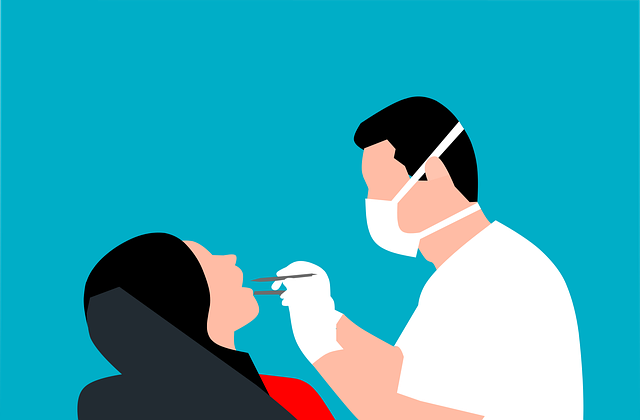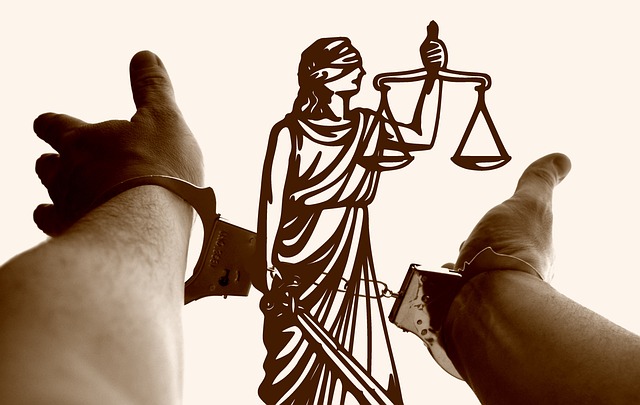Hospital environments, despite their healing purpose, are susceptible to medical negligence, leading to serious patient harm. Negligence arises from errors like medication mix-ups, misdiagnoses, and communication breakdowns in high-pressure settings such as ERs, ORs, and clinics. These mistakes result in legal repercussions, financial disputes, and property damage claims for patients injured due to medical negligence injuries. Clear communication and staff training are crucial to minimize these risks.
Medical negligence injuries can occur in various healthcare settings, but certain areas pose higher risks. This article explores three critical hotspots where patients are most susceptible to medical errors: hospital environments, medication mishaps, and communication breakdowns. By examining these sectors, we uncover common causes of negligence and emphasize the importance of robust protocols and effective patient-provider interactions to minimize such harm.
- Hospital Environments: Hotspots for Negligence
- Medication Errors: A Common Pitfall for Patients
- Communication Breakdown: Patient Safety at Risk
Hospital Environments: Hotspots for Negligence

Hospital environments, despite their primary purpose of healing and care, can unfortunately be hotspots for medical negligence injuries. The high-pressure nature of healthcare settings, coupled with complex procedures and patient interactions, creates opportunities for errors to occur. From medication mix-ups to misdiagnoses, these errors can have severe consequences for patients’ health and well-being. A truck accident lawyer might not typically handle such cases, but understanding negligence in medical settings is crucial for any legal professional.
Specific areas within hospitals that often see a higher incidence of negligence include emergency departments, operating rooms, and outpatient clinics. In these high-traffic zones, staff members must maintain rigorous protocols to ensure patient safety. Negligence can arise from a variety of sources, including inadequate training, overworked personnel, or outdated medical equipment. An accident attorney specializing in medical malpractice may see cases involving partnership disputes between healthcare providers when negligence leads to legal consequences and financial disagreements.
Medication Errors: A Common Pitfall for Patients

Medication errors are a significant concern in healthcare settings, often leading to severe consequences for patients and potential medical negligence injuries. These mistakes can occur at any stage of drug administration, from prescription to delivery. For instance, a doctor might prescribe an incorrect dosage or medication, or a pharmacist could misread the script, resulting in patients receiving harmful substances.
In hospitals and nursing homes, where time-sensitive decisions are made rapidly, such errors can have devastating effects on patient health and well-being. Many clients who have suffered recovery due to medication negligence file property damage claims against healthcare facilities and professionals. This underscores the importance of stringent protocol adherence and thorough training for medical staff to minimize these mistakes and protect patients from potential harm.
Communication Breakdown: Patient Safety at Risk

In the intricate web of healthcare delivery, communication breakdowns can have devastating consequences for patients, often leading to cases of medical negligence and serious injuries. When critical information fails to travel smoothly between medical professionals, patients become vulnerable to misdiagnoses, delayed treatment, or inappropriate procedures. These lapses in communication can range from simple errors in record-keeping to more complex issues like misunderstandings during handovers between healthcare providers. In the context of emergency situations, such as truck accidents or other traumatic events, clear and concise communication is paramount to ensure prompt and accurate care.
The consequences of poor communication are far-reaching, often resulting in avoidable medical negligence injuries. For instance, a patient’s history of specific allergies or existing conditions might be overlooked due to an inadequate transfer of information between doctors, leading to severe reactions during treatment. Similarly, fiduciary duty breaches can occur when healthcare providers fail to disclose important risks or potential side effects, causing patients to make informed decisions based on incomplete or inaccurate data. This lack of transparency not only jeopardizes patient safety but also undermines the doctor-patient relationship, fostering an environment where trust and effective communication are essential for optimal health outcomes.
Medical negligence injuries can occur in various healthcare settings, but hospitals and medication management present particular hotspots. Effective communication is vital to patient safety, yet a breakdown in this area often leads to avoidable harm. By addressing these critical issues and enhancing hospital protocols, healthcare facilities can significantly reduce the risk of medical negligence injuries, ensuring safer care for all patients.






